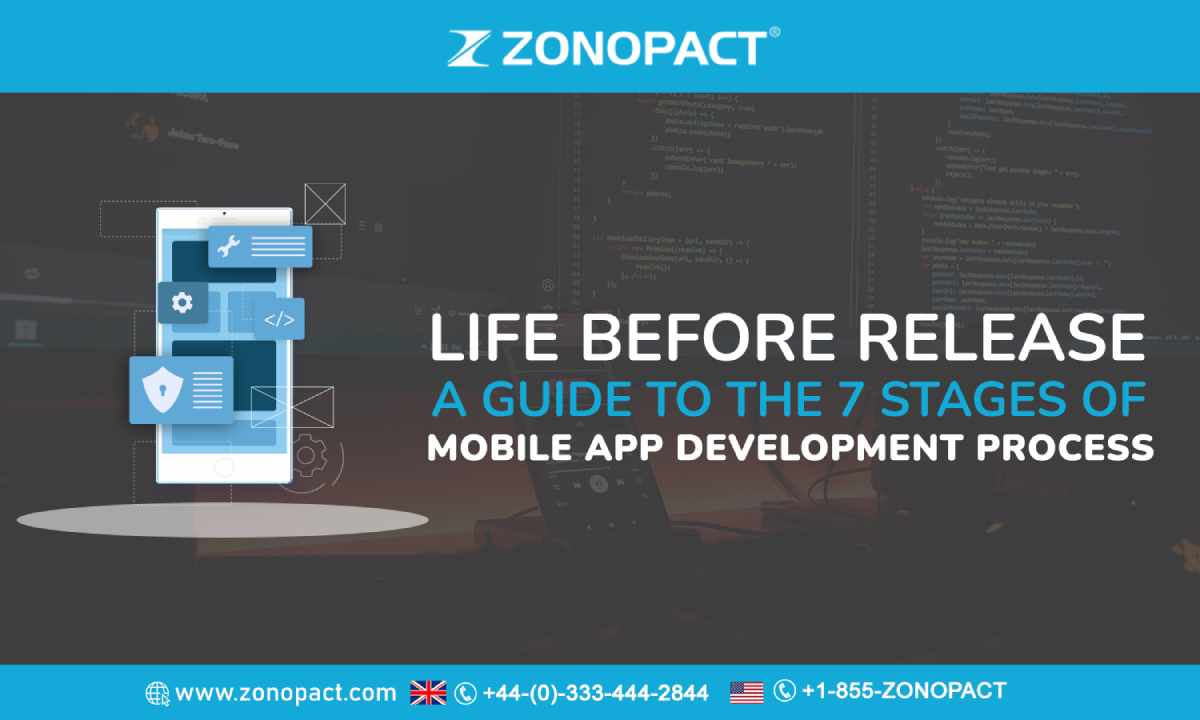
The world of mobile app development is filled with challenges and opportunities. Every successful app needs to go through an extensive development process before it can be released, and understanding the seven stages of this process is critical for ensuring a successful launch. This guide will walk you through each stage and provide an overview of what to expect, as well as tips and best practices for each. From understanding the key steps of planning and research to developing and launching the app, this guide will help you create a quality product that can reach its full potential. By the end of this guide, you will have a better understanding of the entire mobile app development process and be well on your way to launching an amazing product.